| [1] |
地球科学大词典编委会. 地球科学大词典[M]. 北京: 地质出版社, 2005. (Earth Science Dictionary Committee. Earth science dictionary[M]. Beijing: Geological Publishing House, 2005. (in Chinese))
|
| [2] |
张克绪, 谢君斐.土动力学[M]. 北京:地震出版社, 1980. (ZHANG Ke-xu, XIE Jun-fei. Soil dynamics[M]. Beijing: Seismological Press, 1980. (in Chinese))
|
| [3] |
徐 斌, 孔宪京, 邹德高, 等. 饱和砂砾料液化后应力与变形特性试验研究[J]. 岩土工程学报, 2007, 29(1): 103-106. (XU Bin, KONG Xian-jing, ZOU De-gao, et al. Laboratory study on behaviour of static properties of saturated sand-gravel after liquefaction[J]. Chinese Journal of Geotechnical Engineering, 2007, 29(1): 103-106. (in Chinese))
|
| [4] |
MARK Evans D, SEED H B. Undrained cyclic triaxial testing of gravels-the effect of membrane compliance[R]. California: University of California, Berkeley. UCB/EERC-87/08, 1987.
|
| [5] |
MARK Evans D, ZHOU Sheng-ping. Liquefaction behavior of sand-gravel composites[J]. Journal of Geotechnical Engineering, 1995, 121(3): 287-298.
|
| [6] |
WONG R T, SEED H B, CHAN C K. Liquefaction of gravelly soils under cyclic loading conditions[R]. California: University of California, Berkeley. UCB/EERC-74/11, 1974.
|
| [7] |
SIDDIQI F H, SEED R B, CHAN C K, et al. Strenght evaluation of coarse-grained soils[R]. California: University of California, Berkeley. UCB/EERC-87/22, 1987.
|
| [8] |
王昆耀, 常亚屏, 陈 宁. 饱和砂砾料液化特性的试验研究[J]. 水利学报, 2000(2): 37-41. (WANG Kun-yao, CHANG Ya-ping, CHEN Ning. Experimental study on liquefaction characteristics of saturated sandy gravel[J]. Journal of Hydraulic Engineering, 2000(2): 37-41. (in Chinese))
|
| [9] |
汪闻韶, 常亚屏, 左秀泓. 饱和砂砾料在振动和往返加荷下的液化特性[M]// 水利水电科学研究院论文集第23集. 北京: 水利出版社, 1986: 195-203. (WANG Wen-shao, CHANG Ya-ping, ZOU Xiu-hong. Liquefaction characteristics of saturated sand-gravels under vibration and cyclic loading[M]// Volume 23 Collected Papers of China Institute of Water Resources and Hydropower Research. Beijing: China Waterpower Press, 1986: 195-203. (in Chinese))
|
| [10] |
王志华, 周恩全, 吕 丛. 等. 基于流动性的饱和砂砾土液化机理[J]. 岩土工程学报, 2013, 35(10): 1816-1822. (WANG Zhi-hua, ZHOU En-quan, LÜ Cong. Liquefaction mechanism of saturated gravelly soils based on flowing property[J]. Chinese Journal of Geotechnical Engineering, 2013, 35(10): 1816-1822. (in Chinese))
|
| [11] |
The Committee on Soil Dynamics of the Geotechnical Engineering Division. Definition of terms related to Liquefaction[J]. Journal of the Geotechnical Engineering Division, ASCE, 1978, 104(GT9): 1197-1200.
|
| [12] |
刘 颖, 谢君斐. 砂土震动液化[M]. 北京: 地震出版社, 1984. (LIU Ying, XIE Jun-fei. Sand seismic liquefaction[M]. Beijing: Seismological Press, 1984. (in Chinese))
|
| [13] |
汪闻韶. 土的动力强度和液化特性[M]. 北京: 中国电力出版社, 1997. (WANG Wen-shao. Soil dynamic strength and liquefaction properties[M]. Beijing: China Electric Power Press, 1997. (in Chinese))
|
| [14] |
石兆吉, 王兰民. 土壤动力特性. 液化势及危害评价[M]. 北京:地震出版社, 1999. (SHI Zhao-jie, WANG Lan-min. Soil dynamic properties, liquefaction potential, and liquefaction-induced damage[M]. Beijing: Seismological Press, 1999. (in Chinese))
|
| [15] |
王 刚, 张建民. 地震液化问题研究进展[J]. 力学进展, 2007, 37(4): 575-589. (WANG Gang, ZHANG Jian-min. Recent advances in seismic liquefaction research[J]. Advanced in Mechanics, 2007, 37(4): 575-589. (in Chinese))
|
| [16] |
陈国兴. 岩土地震工程学[M]. 北京: 科学出版社, 2007. (CHENG Guo-xin. Geotechnical earthquake engineering[M]. Beijing: Science Press, 2007. (in Chinese))
|
| [17] |
NANI Banerjee G, BOLTON Seed H, CLARENCE Chan K. Cyclic behavior of dense coarse-grained materials in relation to the seismic stability of dams[R]. California: University of California, Berkeley UCB/EERC, 79/13, 1979.
|
| [18] |
BISHOP A W, GREEN G E. The influence of end restraint on the compression strength of cohesionless soil[J]. Géotechnique, 1965(15): 244-266.
|
| [19] |
SEED H B, MARTIN P P, LYSMER J. Pore water pressure changes during soil liquefaction[J]. Journal of the Geotechnical Engineering Division, 1976, 102(4): 323-346.
|
| [20] |
张建民, 谢定义. 饱和砂土振动孔隙水压力增长的实用算法[J]. 水利学报, 1991, 9(8): 45-51. (ZHANG Jian-min, XIE Ding-yi. A pragmatic method for calculating the excess pore water pressure generation of saturated sand under cyclic loading[J]. Journal of Hydraulic Engineering, 1991, 9(8): 45-51. (in Chinese))
|
| [21] |
ISHIHARA K, LYSMER J, YASUDO S, et al. Prediction of liquefaction in sand deposits during earthquake[J]. Soils and Foundations, 1976, 16(1): 1-16.
|
| [22] |
COX R B. Development of a direct test method for dynamically assessing the liquefaction resistance of soils in situ[D]. Austin: The University of Texas at Austin, 2006.
|
| [23] |
DOBRY R, LADD R S, YOKEL F Y, et al. Prediction of pore water pressure buildup and liquefaction of sands during earthquakes by the cyclic strain method[R]. Washington: National Bureau of Standards Building Science Series, 1982: 138.
|
| [24] |
刘令瑶, 李桂芬, 丙东屏. 密云水库白河主坝保护层地震破坏及砂料振动液化特性[M]// 水利水电科学研究院论文集第8集(岩土工程). 北京: 水利出版社, 1982: 46-54. (LIU Ling-yao, LI Gui-fen, BING Dong-ping. Earthquake damage of Baihe Dam and liquefaction characteristics of sand and gravel materials[M]// Volume 8 Collected Papers of China Institute of Water Resources and Hydropower Research. Beijing: China Waterpower Press, 1982: 46-54. (in Chinese))
|
| [25] |
DAS B M. Principles of geotechnical engineering[M]. 7th ed. Stanford: Cengage Learning, 2009.
|
| [26] |
中国科学院工程力学研究所.海城地震震害[M]. 北京: 地震出版社, 1979. (Institute of Engineering Mechanics. The Haicheng earthquake damages[M]. Beijing: Seismological Press, 1979. (in Chinese))
|
| [27] |
SIROVICH L. Repetitive liquefaction at a gravelly site and liquefaction in overconsolidated sands[J]. Soils and Foundations, 1996, 36(4): 23-34.
|
| [28] |
ANDRUS R D, YOUD T L, CARTER R R. Geotechnical evaluation of a liquefaction induced lateral spread, Thousand Springs Valley, Idaho[C]// 22nd Symposium on Engineering Geology and Soils Engineering. Idaho, 1986: 383-402.
|
| [29] |
YEGIAN M K, GHAHRAMAN V G, HARUTIUNYAN R N. Liquefaction and embankment failure case histories, 1988 Armenia Earthquake[J]. Journal of Geotechnical Engineering, 1994, 120(3): 581-596.
|
| [30] |
KOKUSHO T, TANAKA Y, KAWAI, et al. Case study of rock debris avalanche gravel liquefied during 1993 Hokkaido- Nansei-Oki Earthquake[J]. Soils and Foundations, 1995, 35(3): 83-95.
|
| [31] |
HATANAKA M, UCHIDA A, OHARA J. Liquefaction characteristics of a gravelly fill liquefied during the 1995 Hyogo-Ken Nanbu Earthquake[J]. Soils and Foundations, 1997, 37(3): 107-115.
|
| [32] |
LIN P, CHANG C, CHANG W. Characterization of liquefaction resistance in gravelly soil: large hammer penetration test and shear wave velocity approach[J]. Soil Dynamics and Earthquake Engineering, 2004, 24: 675-687.
|



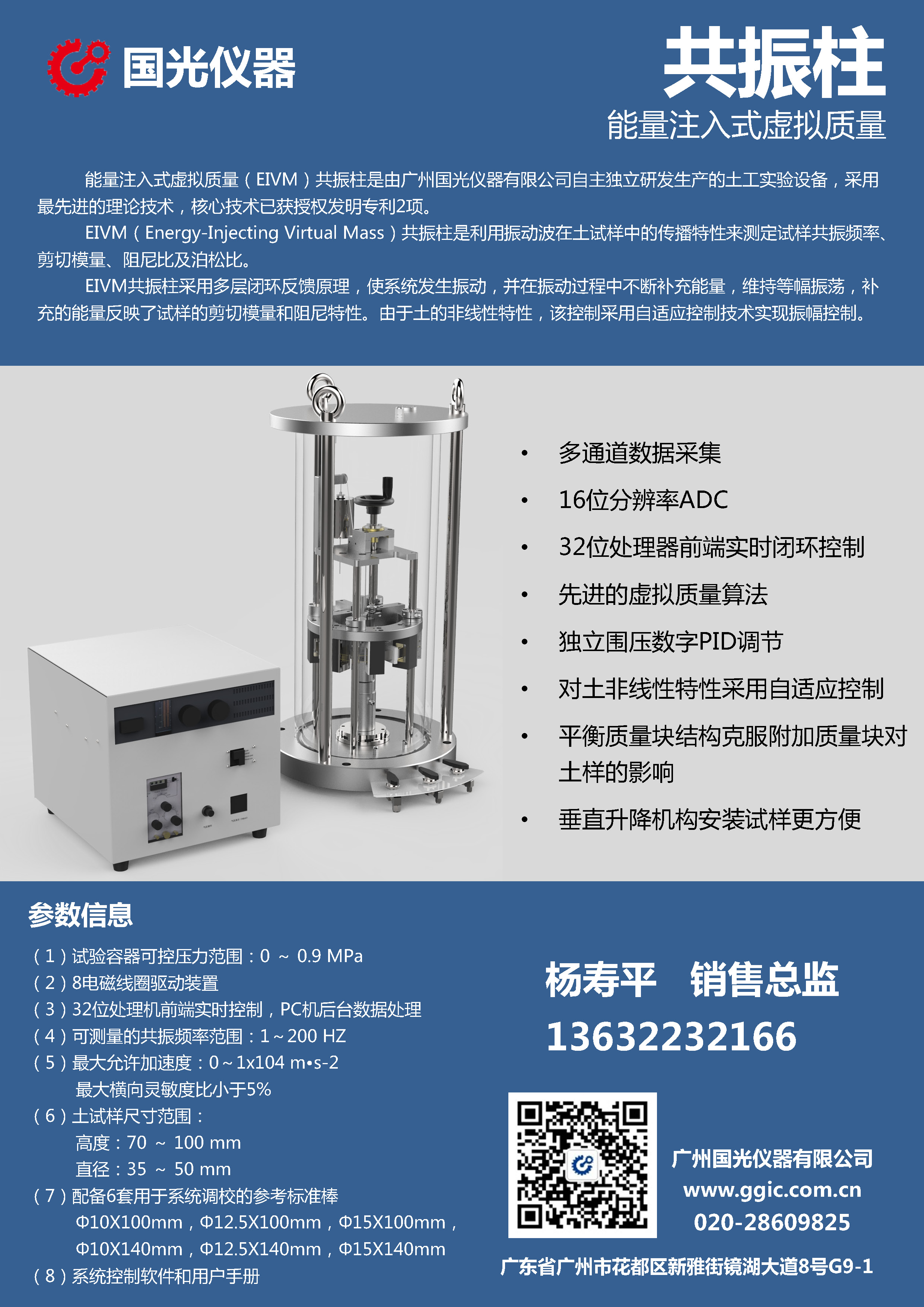
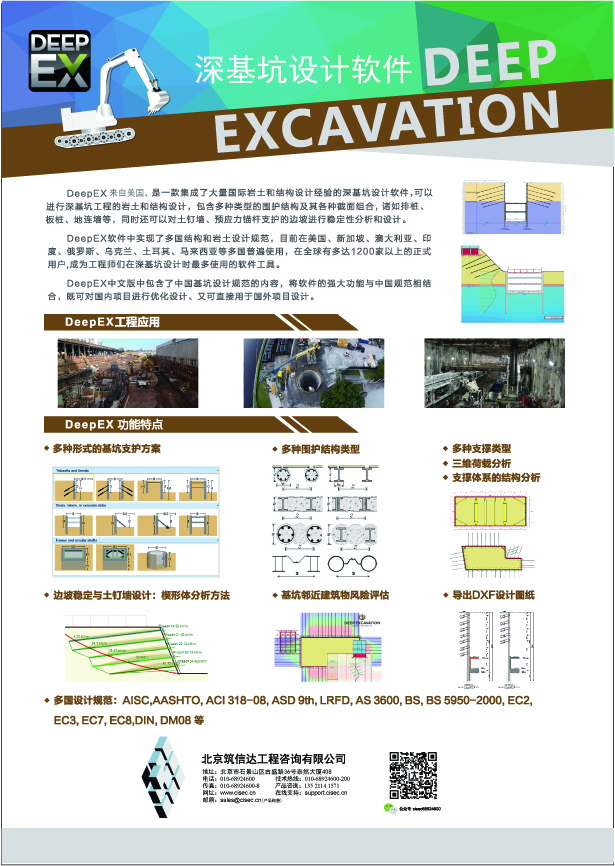
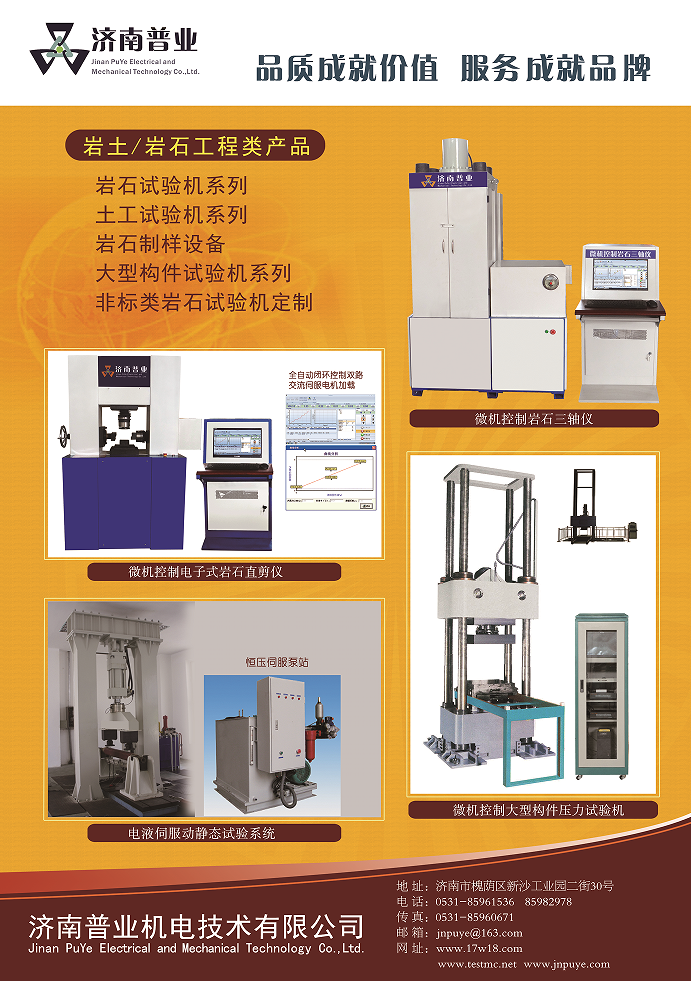
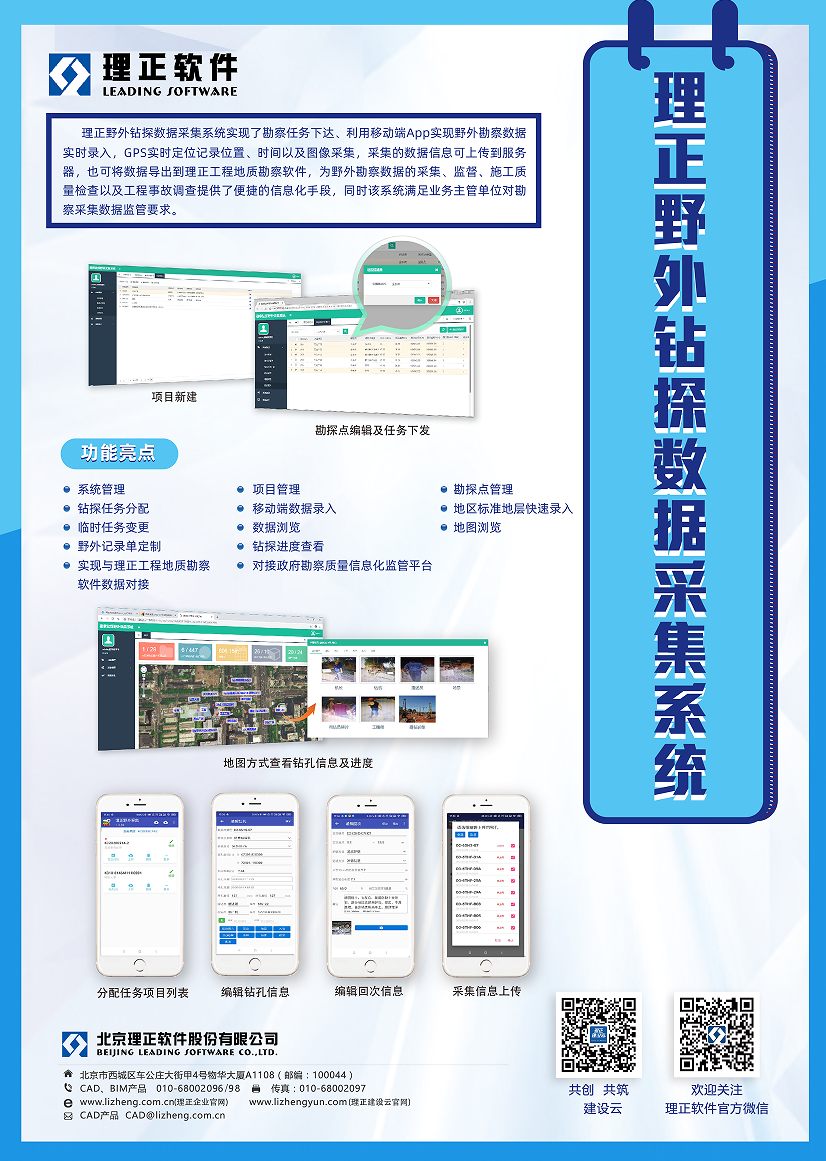
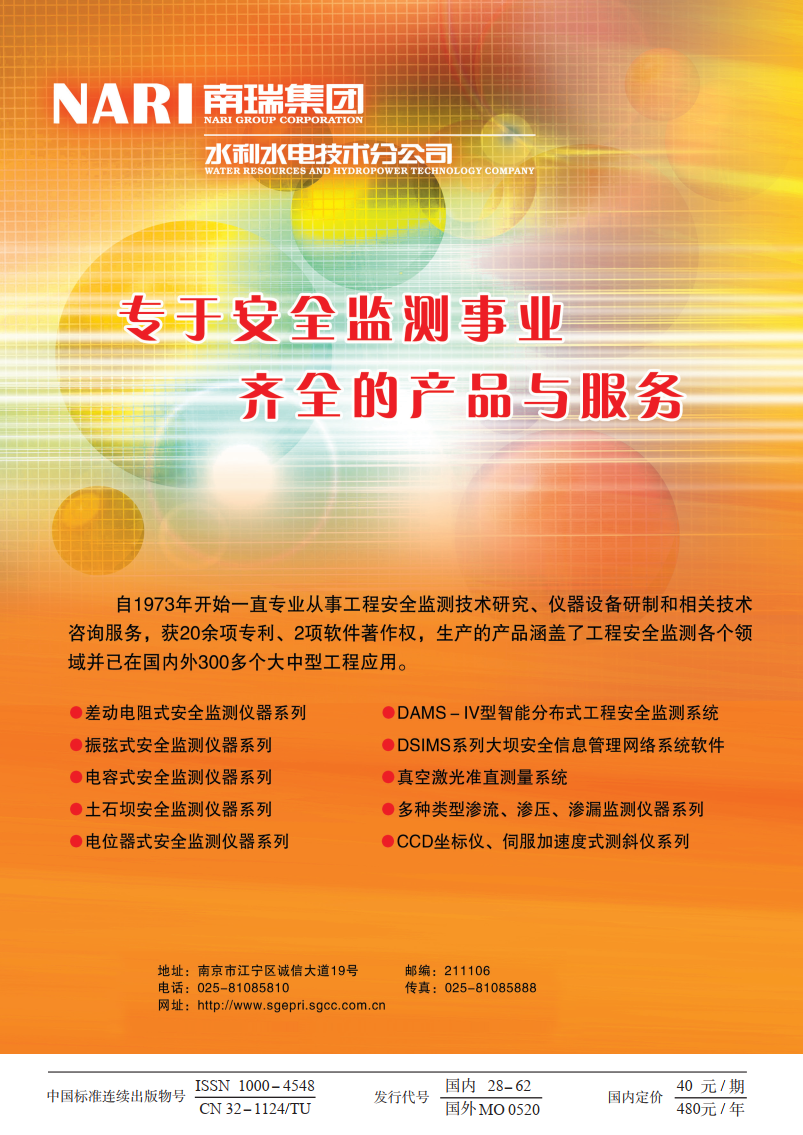
 下载:
下载:
